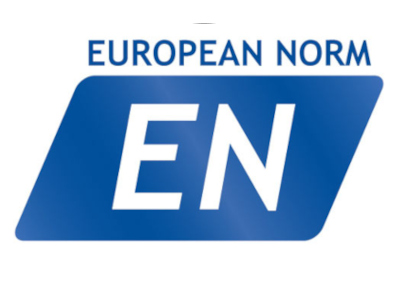EN - European Norm
The EN standard is the abbreviation for European Standards, also known as European norms.
Name and First Publication
The EN standard is the abbreviation for European Standards, also known as European norms. It is a series of technical standards developed by organizations such as the European Committee for Standardization (CEN). Unfortunately, the search results did not explicitly mention the specific number and publication year of the first EN standard.
Drafting, Maintenance Authority, and Publication Website
The drafting and maintenance of EN standards are primarily handled by the following authoritative bodies:
European Committee for Standardization (CEN): Established in 1961, responsible for developing European standards outside the electrotechnical field.
European Committee for Electrotechnical Standardization (CENELEC): Responsible for European standards in the electrotechnical and electronics fields.
Official channels to access EN standard texts
The official EU standards query website is https://ec.europa.eu/growth/tools-databases/nando/index.cfm?fuseaction=notifiedbody.main. On this website, users can find detailed information about EU-recognized standards and technical specifications, including standard numbers, scope of application, issuing bodies, and latest update dates.
Please note that EN standards are copyrighted official publications, and obtaining the full text usually requires purchase.
Main Content
EN standards cover an extremely wide range of technical fields, aiming to promote uniformity, interoperability, and safety within the European internal market, as well as improve the quality and sustainability of products and services. Their main content can be summarized as follows:
Product and Service Quality: Requirements for the specifications, quality, testing methods, etc., of various products, such as household appliance safety (EN 60335-1) and information technology equipment safety (these standards are often related to EU directives like the Low Voltage Directive (LVD)).
Engineering and Safety: Covering safety requirements for machinery (e.g., EN ISO 12100 General Principles for Design of Machinery Safety) and performance of construction products (e.g., EN 1090 for steel and aluminum structures under the CPR Directive).
Electromagnetic Compatibility (EMC): Ensuring that equipment does not generate harmful electromagnetic interference and has sufficient immunity to interference (e.g., EN 55032, EN 55035).
Environment and Health: Including environmental testing methods (e.g., EN 60068-1 Basic Environmental Testing Procedures) and safety requirements for materials in contact with food.
Industry-Specific Specifications: Such as medical devices (e.g., EN 60601-1), radio equipment (e.g., EN 300 328 under the RED Directive), and toy safety (EN 71 series).
EN standards are often based on international standards (e.g., ISO standards) and are customized and adjusted to meet the specific needs and regulatory requirements of the European market.
Update Frequency
The update mechanism for EN standards is relatively flexible:
No Fixed Cycle: EN standards do not have a preset fixed update cycle. Their revision and update depend primarily on the pace of technological development, changes in industry needs, and updates to EU regulations.
Review and Transition Period: Standards are periodically reviewed after publication. Once a new version is released, there is usually a transition period (e.g., the transition period for EN ISO 12100:2010 lasted until November 2013), during which both old and new versions may be valid. After the transition period, the old version is withdrawn.
Mandatory Implementation Date: For many harmonized standards, the EU specifies a mandatory implementation date (Date of Withdrawal, DOW). After this date, compliance with the new standard is required, e.g., some standards published by CENELEC specify the mandatory implementation date in the table.
Additional Information
A key role of EN standards is to support EU technical regulations and CE marking. When EN standards are published as harmonized standards in the Official Journal of the European Union, products complying with these standards are presumed to meet the essential health and safety requirements of the relevant EU directives. This simplifies the conformity assessment process and facilitates the affixing of the CE mark.


